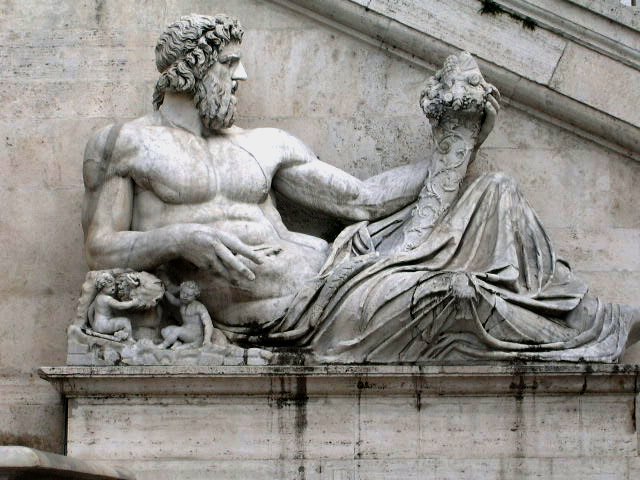Sculpture

Techniques and Materials
Sculpture embraces such varied techniques as modeling, carving, casting, and construction—techniques that materially condition the character of the work. Whereas modeling permits addition as well as subtraction of the material and is highly flexible, carving is strictly limited by the original block from which material must be subtracted. Carvers, therefore, have sometimes had recourse to construction in which separate pieces of the same or different material are mechanically joined together. Casting is a reproduction technique that duplicates the form of an original whether modeled, carved, or constructed, but it also makes possible certain effects that are impractical in the other techniques. Top-heavy works that would require external support in clay or stone can stand alone in the lighter-weight medium of hollow cast metal.
The principal sculptural techniques have undergone little change throughout the ages. Hand modeling in wax (see wax figures), papier-mache, or clay remains unaltered, although the firing of the clay from simple terra-cotta to elaborately glazed ceramics has varied greatly. Carving has for centuries made use of such varied materials as stone, wood, bone, and, more recently, plastics, and carvers have long employed many types of hammers, chisels, drills, gauges, and saws. For carrying out monumental works from small studies, various mechanical means have been developed for approximating the proportions of the original study.
Bronze casting is also a technique of extreme antiquity (see bronze sculpture). The Greeks and Chinese mastered the cire perdue (lost-wax) process, which was revived in the Renaissance and widely practiced until modern times. Little Greek sculpture in bronze has survived, apparently because the metal was later melted down for other purposes, but the material itself resists exposure better than stone and was preferred by the Greeks for their extensive art of public sculpture. Metal may also be cast in solid, hammered, carved, or incised forms. The mobile is a construction that moves and is intended to be seen in motion. Mobiles utilize a wide variety of materials and techniques (see also stabile). Contemporary practice emphasizes the beauty of materials and the expression of their nature in the work.